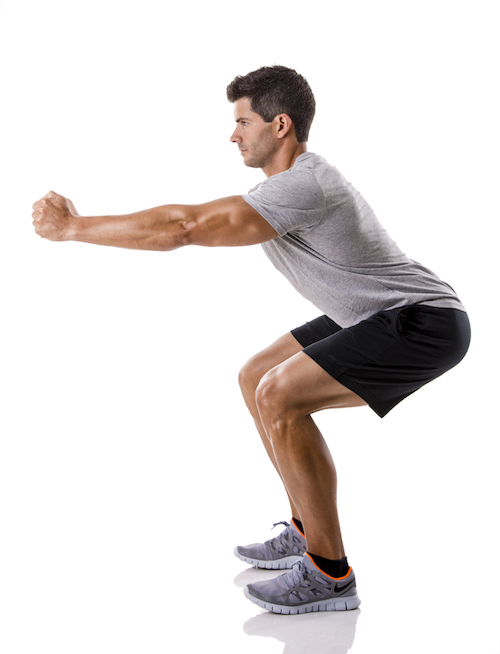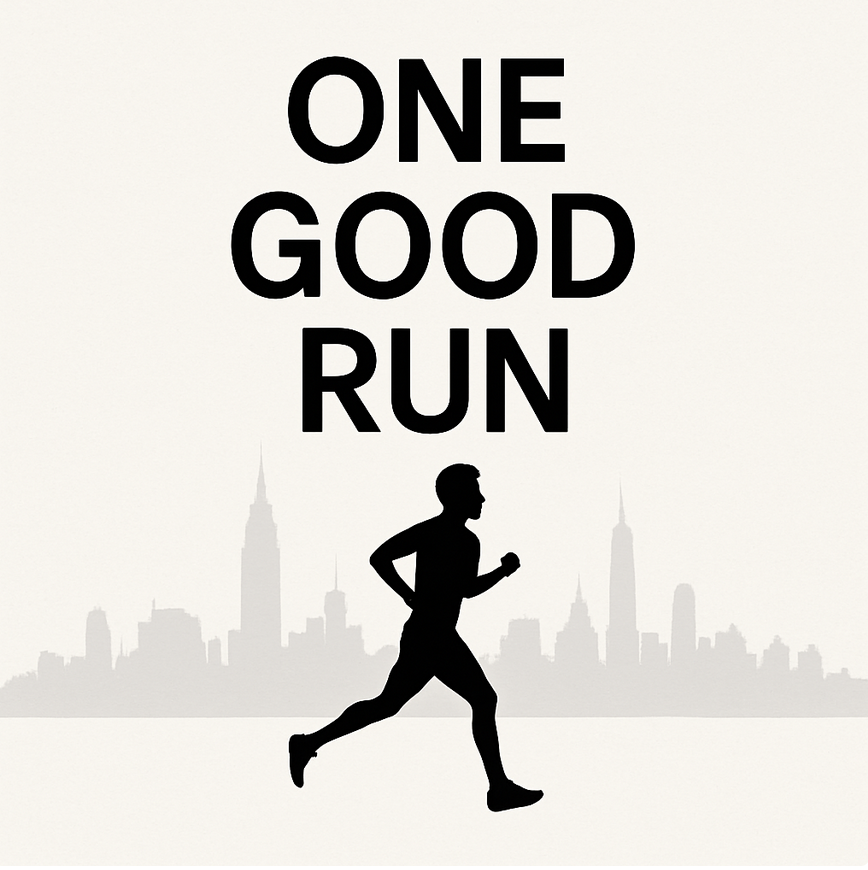1. Stay calm and confident
Twinges in the lower back are extremely common and can be thought of as like the 'common cold' of the spine.
A bad cold can certainly knock you around and make you feel pretty crappy. With a cold, you know you're going to get better so you just accept it is part of life and don't stress too much over it.
On the other hand, a lower back flare up can sometimes leave you feeling rather vulnerable and fearful of damaging your spine.
Some typical thought patterns may be along the lines of:
'Am I ever going to get better?'
'Did I bulge a disc?'
'Do they even heal?'
'I may do more damage if I keep moving'
Negative thought patterns can trigger off a cascade events that can put your body into a 'fight or flight' state where some muscles get tight (superficial power muscles) and others (deep stabilisers) tend to become inhibited.
We know from pain research that the intensity of pain you experience correlates with the THREAT of tissue damage, not ACTUAL tissue damage.
Any way you can reduce the perception of threat can go a long way towards getting you on the right track with greatly reduced pain.
Spending a few minutes on these re-activation exercises will help no doubt help engage the core muscles.
But really it's more about pushing through the mental barriers and regaining confidence in your body's ability to heal.
"Your Body is an Incredible Self-Healing Machine" (Kelly Starrett).
It is amazingly robust and resilient.
We just need to set up the right environment for quality healing to take place.
2. Keep moving and stay at work if possible
If your back pain is more severe, you may need 1-2 days of rest and time off work, but then you gotta get moving.
Staying active (and even trying to get your heart rate up a little) will increase blood flow through the body and promote the healing response.
Being at work can be a good distraction from the pain and means you're not sitting around at home feeling sorry for yourself.
Take frequent short walks when you're at work.
3. Change your position frequently
Don't be sitting or standing in any one position too long.
If you have to sit at work, once again vary the position as much as possible.
Slumping is fine occasionally.
Don't get into the trap of holding yourself bolt upright in the 'perfect' posture.
Learn to chill a bit.
"Variability of posture trumps a perfect posture".
4. Book in to see your Physio
Try and find a Physio who spends time observing your movement patterning and who can perform some targeted manual therapy and dry needling to get things moving again.
Getting some personalised advice and treatment early on often pays big dividends in preventing ongoing issues and can save you a lot of hassles down the track.
5. If you're flare-ups are becoming more frequent or intense, this is a pretty good warning sign that something needs to change
"Pain is a request for change" - Perry Nickelston
If you're able to, find some space and time in your life to re-build your movement immunity and resilience through things like:
gym
pilates
running
yoga
home stretching / strengthening program
Sensibly and gradually re-building the capacity of your body will be the most reliable long term strategy of overcoming chronic back pain.
A Physiotherapist can help get you on the fast track and we'd love to assist you your journey.
Bookings:
If you think we are the right fit for you and you wish to get relief right away, use our simple online booking system to make an appointment. If you would prefer to speak to us directly, call us 1300 657 813
Please tag a friend that may benefit from this and please leave any comments or questions below...




















